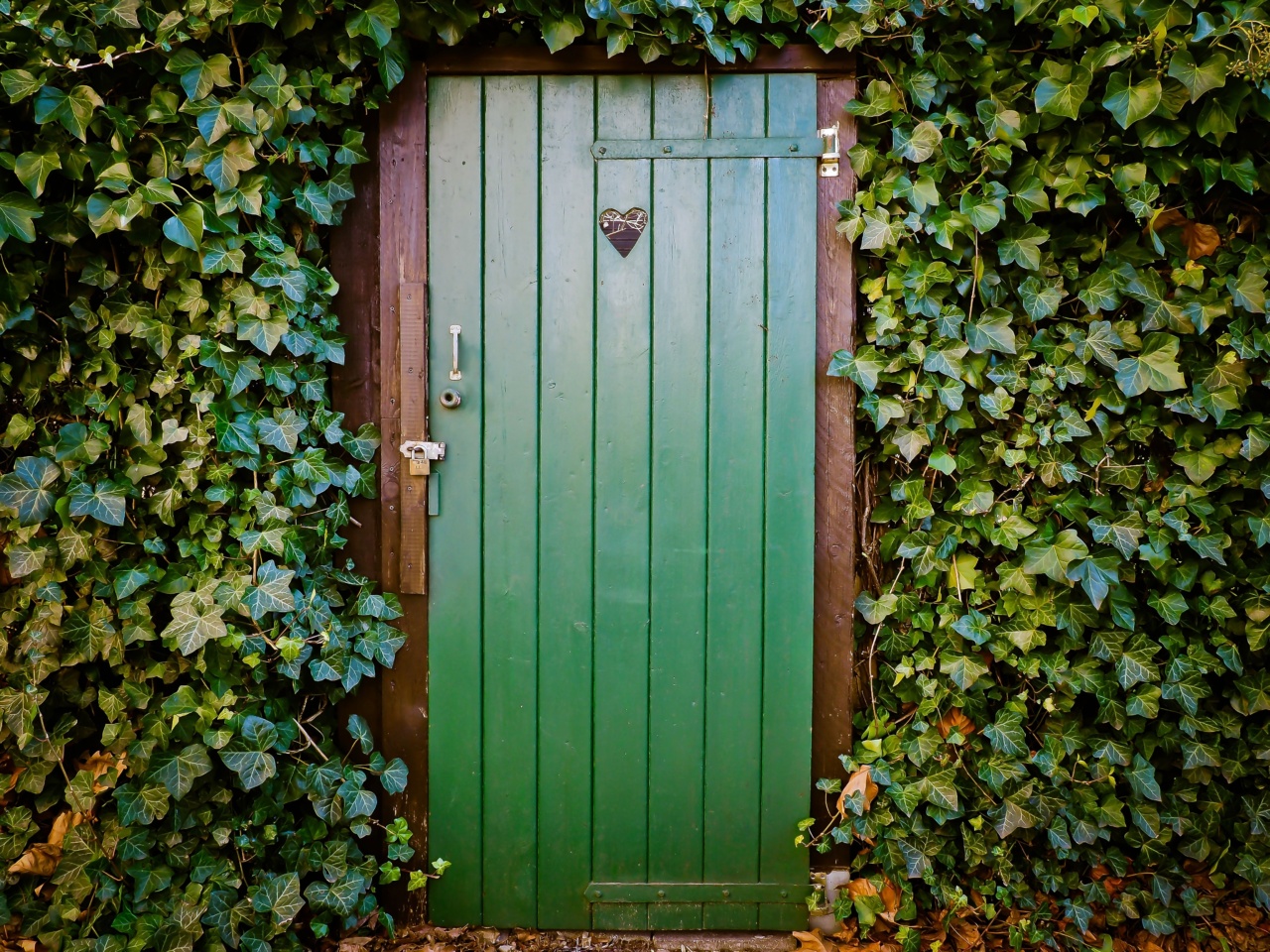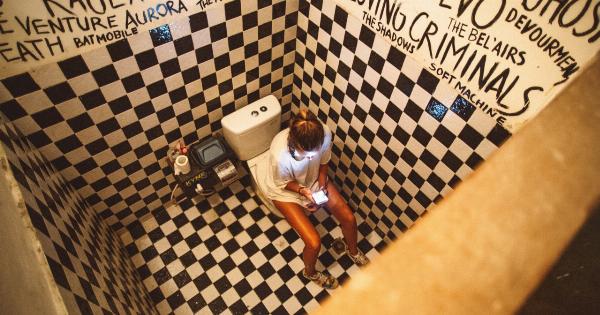The toilet is one of the most important fixtures in any home. It helps get rid of waste and keeps our homes clean and hygienic. However, many people ignore the importance of inspecting the toilet before flushing.
Whether you are at home or in a public restroom, it is essential to take a few seconds to check the toilet before flushing. This article explains why inspecting the toilet before flushing is essential and how to do it.
Why Inspect the Toilet Before Flushing?
There are several reasons why you should inspect the toilet before flushing, including:.
1. To avoid clogs
Clogs are one of the most common toilet problems. They can be caused by a variety of things, including flushing non-flushable items such as wipes, sanitary products, and other items that should not be flushed.
Inspecting the toilet before flushing can help you identify any objects that can cause clogs and remove them before you flush the toilet.
2. To avoid damage to the septic system
Flushing non-flushable items can also cause damage to the septic system. When you flush non-flushable items, they can get stuck in pipes or cause the septic system to fail. This can be costly and result in the need for repairs.
Taking a few seconds to inspect the toilet before flushing can help you avoid these problems and save you money.
3. To save water
Most people do not think about the amount of water that is used when they flush the toilet. However, a single flush can use between 1.28 gallons to 7 gallons of water.
Inspecting the toilet before flushing can help you avoid unnecessary flushes, saving you water and money on your water bill.
4. To prevent the spread of germs and bacteria
Germs and bacteria are present in human waste and can be spread through flushing. When you flush, germs and bacteria can become airborne and spread throughout the bathroom.
By inspecting the toilet before flushing, you can identify any areas that may have fecal matter and clean them before flushing, reducing the risk of spreading germs and bacteria.
How to Inspect the Toilet Before Flushing
Inspecting the toilet before flushing is a simple process. Follow the steps below:.
Step 1: Check the bowl
Take a moment to check the bowl for any items that should not be flushed. These can include wipes, sanitary products, dental floss, and other items that can cause clogs or damage to the septic system.
If there are any items in the bowl, remove them and dispose of them properly.
Step 2: Check the tank
Open the tank lid and check the water level. If the water level is low, you may need to adjust the tank float to ensure that the toilet flushes properly. Check for any signs of leaks or cracks in the tank or other parts of the toilet.
If you notice any leaks or cracks, you may need to call a plumber for repairs.
Step 3: Clean the bowl
If you notice any areas that have fecal matter or other contaminants, clean them before flushing. This can help reduce the risk of spreading germs and bacteria.
Use a toilet brush and cleaner to clean the inside of the bowl and flush the toilet when finished.
Conclusion
Inspecting the toilet before flushing can help you avoid clogs, prevent damage to the septic system, save water, and reduce the spread of germs and bacteria.
By taking a few seconds to check the bowl, tank, and clean the toilet, you can avoid costly repairs and keep your home clean and hygienic.































